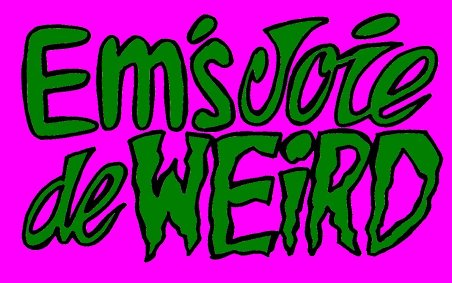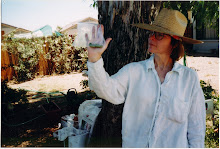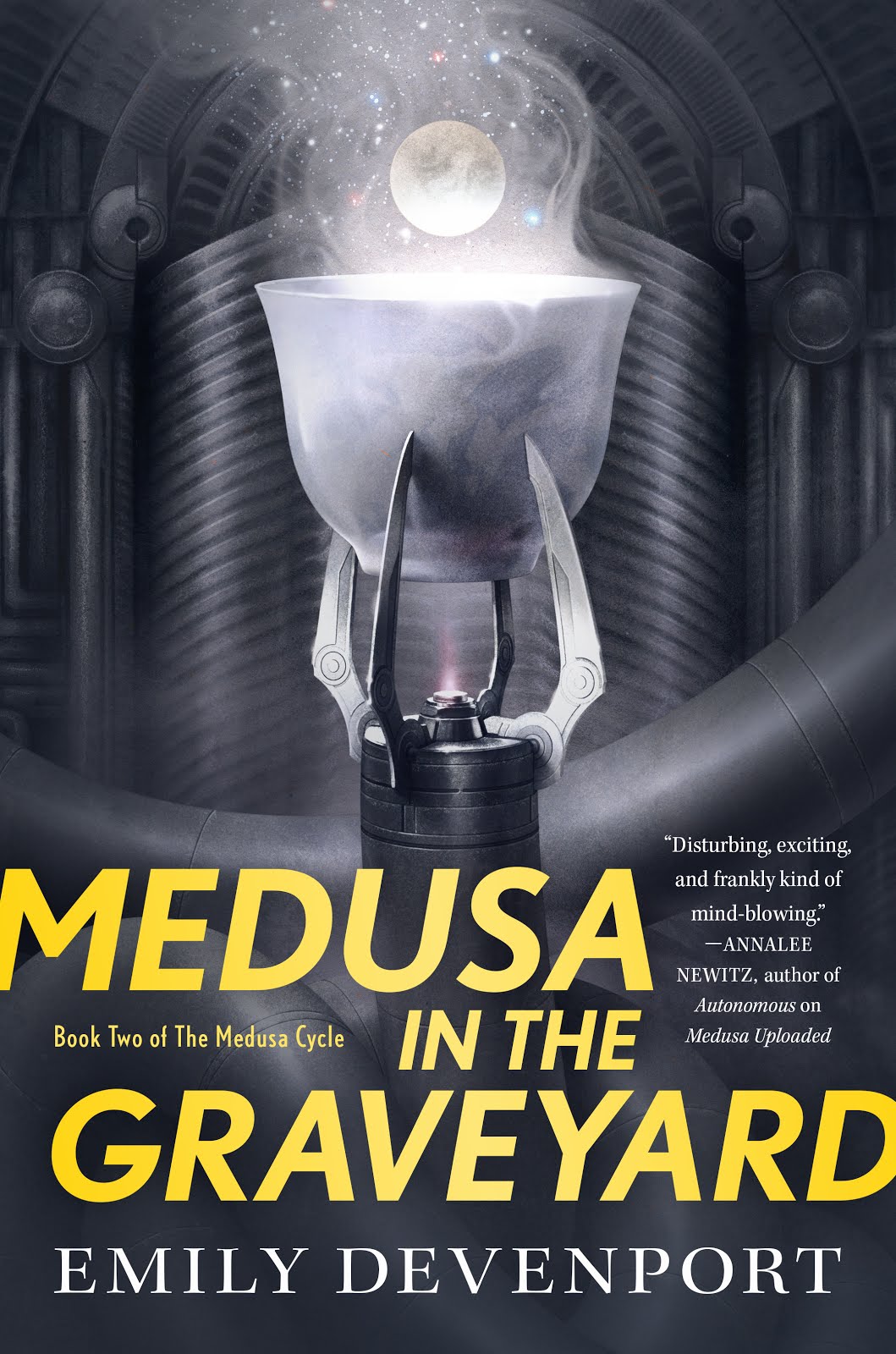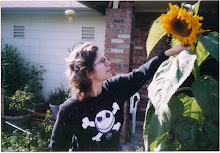
Friday, April 9, 2010
Neither Rain, Nor Sleet, Nor Giant, Marauding, Mutated Komodo Dragons

I am ridiculously dazzled by how much things have changed during my lifetime. My mother, who was born in 1921, whose father owned a Model T (that was one of the original cars, children), who lived through the Great Depression, the invention of the modern washing machine and air conditioners, WWII, McCarthyism, the assassination of an American president, the Space Race, and the computer revolution just takes it all in stride. But me? I have to sit back and go WOW because I don’t submit manuscripts through the mail anymore. I submit them electronically.
Don’t get me wrong, I think it’s great. It’s fast, cheap. way more reliable, and no one has to worry about anthrax powder in the envelope (speaking of how much things have changed). Honestly, this isn’t a rant against change, it’s just that I’m amazed at how excited I used to get about the mail.
If you were born after the computer revolution, try to get a picture of the situation: When I was a young writer, computers were just making the shift from the big (sometimes room-sized) computers that didn’t have microchips to the desk-top variety. Computer jockeys found the concept of writing actual prose (instead of code) so odd they called it “Word Processing.”
I processed my first words on one of my mom’s old typewriters, a massive metal gizmo so old, it probably belonged to my grandfather. Back in the day, the Smith-Corona company ruled the roost for several decades with their high-quality typewriters, based on designs from the Edwardian Age. You could think of them as Steampunk gizmos. The keyboard you’re writing with now is based on the arrangement of those typewriter keys. I really had to strike those old keys hard, because they were attached to levers that reared up and struck an inked ribbon, which transferred the ink to the page in the shape of the letter. They made a lot of noise, too (that was my favorite thing about them). My metal monster was a Smith, it actually pre-dated the formation of the Smith-Corona company. If I still had it (I have no idea where it ended up), it would be about 100 years old now.
The worst thing about the Smith is that it was so heavy, I had trouble moving it by myself. So my mom gave me her old manual portable. It was a spiffy little thing (still pretty big compared to the Apple MacBook I’m working on now). It had that space-age Sixties look to it. I loved it, but it also was not without its issues. Once I had written a couple of novels on it, one of the ribbon-winding springs broke, so after I had typed about a page-and-a-half, I had to manually re-wind the ribbon. I wrote two more novels under those circumstances. So that was stage 2 of the labor process (stage 1 being the actual writing).
Stage 3 was the cut-and-paste process. That wonderful function that you can do automatically with a computer (GOD I love that), used to actually involve scissors and glue, because very few writers could actually type worth a damn. I type using four fingers, and I can go pretty fast, but my accuracy sucks. Plus I still make goofy spelling errors. That was half the problem. The other half is that you always change your mind about a manuscript, how you want to word things, what order things should go in, stuff that needs to be added, stuff that needs to be cut, etc., etc. So you would get out those scissors and that glue, cut the thing up, and glue it back together again. Seriously. I’m not kidding.
Okay, I’m actually losing track of how many steps I’ve named here, but the next one was to take your manuscript down to a copy place and make photocopies of the mess. They would offer to run it through one of their new, fast gizmos with automatic feed, and I would warn them that my glue-y, fat pages would probably get stuck. Somehow, I managed to make copies worthy of mailing to editors. I still have some of those old photocopies, and I cringe when I see how messy they look. But at the time I was as proud of them as a mother is of her child, so I got two manilla envelopes (bought in bulk, I still have a bunch), addressed one to the publishers, addressed one to myself, went down to the post office and bought postage for both envelopes, stuffed the manuscript, the self-addressed envelope, and a cover letter into the other envelope, and mailed them off.
It felt really good to do that. Back when I was a short-story writer, I often had three or four stories out at any given time. And that brings us back to my original point: the mail. I used to love it so. After going through all those previous steps, once I mailed those suckers off, I really felt like I had accomplished something. I knew it would take editors 1 to 6 months to get back to me, and in the meantime I worked on new stuff to send out.
I often felt frustrated that it took editors so long to send me a YES or NO, but I knew my manuscript was sitting in a very big pile. I figured the competition was stiff. Editors said that 99% of the stories they received were crap, but that still left a lot of stories in the 1% pile. I believed it was possible mine would get picked. So every day, I waited for the mail with bated breath, wondering if an acceptance letter was sitting in there. I ended up selling about a story a year, and if I had never sold a novel, that probably would have been enough to keep me going for quite a while (not money-wise, of course).
To add to my fascination with the mail, my husband and I were courting, long-distance. We met in 1984, but he was living in California and I was living in Arizona. We wrote 3 to 4 letters to each other a week -- we often wrote to each other as a warm-up exercise for the writing we were going to do for the day. We didn’t just gush about romantic stuff, we often wrote about what we were working on, what we were hoping to accomplish. We were pretty hopelessly in love by then (as of this writing, we’ve been married over 20 years), so finding a letter from Ernie in my mailbox often gave me the strength to get though the next few days, to battle giants and dragons.
Getting an acceptance letter was enough to send me into the stratosphere. Heck, even getting a positive rejection letter could do that. I made files for my stories and kept every rejection letter -- looking at the file helped me remember who had already seen the story. (Eventually, those folders got to be kind of depressing, but that’s another blog.) So, perhaps not surprisingly, I eventually started dreaming about the mail.
In these dreams, my mailbox would be stuffed with acceptance letters, letters from Ernie, mysterious checks that showed up for no reason, that sort of thing. But the dream that summed it up was the dream where Godzilla showed up.
If you’ve ever seen the original Godzilla movie (Japanese version, 1954, American dubbed version with Raymond Burr added, a few years later), you may recall a scene where Godzilla was stomping his way through downtown Tokyo. A businessman spots him from his 20th floor window, and starts to run for the emergency exit, but suddenly remembers he has a suitcase full of cash hidden away (don’t all businessmen?), so instead of saving himself, he runs to get the suitcase. He’s halfway out of his office when Godzilla pulverizes the building, and it all crashes down on top of him and his money. The moral of this story? Money is less important than your life.
I dreamed Godzilla had reached my neighborhood and was stomping his way down my street. I ran out the front door and was about to beat a fast retreat when I noticed the mailbox was stuffed full of mail. Oh joy! Maybe there are SASEs in there!
STOMP, STOMP, STOMP . . .
There’s so much mail I keep dropping stuff. I’ve got to pick it all up, it looks like everyone got back to me at once! Oh wow, is that an SASE from Asimov’s?
STOMP, STOMP STOMP . . .
Amazing, I’m hearing from editors I haven’t even sent manuscripts to yet! They heard about me through the grapevine and they want me to send stories! They’re so sure they’ll like them they’re paying me in advance!
STOMP, STOMP, STOMP!
I’m tearing open another SASE when a shadow falls over me. I look up in time to see a giant, reptilian foot descending.
STOMP.
Come to think of it, that last part sums up my career pretty well.
Anyway, I don’t care that much about the mail anymore. I can go for days without checking it. All of the fun has gone out of it, unless I’m waiting for something I bought online. For a while, I used to get excited about e-mail, but since I’m going to be publishing a bunch of new books myself, I don’t expect to hear from editors that way anymore. It’s just not the same.
On the up side, if Godzilla ever does show up on my street, I won’t get stomped because I just had to check the mail on my way out. No, I’ll probably get stomped because I’m old and can’t run worth a damn.
Progress! Ya gotta love it.
UPDATE, 2019: shazam! Things have definitely improved since I wrote this. I've sold new stories to Clarkesworld, Alfred Hitchcock Mystery Magazine, Unfit, Uncanny, and several others. The self-publishing gig was mostly a bust, but I sold two novels to Tor, Medusa Uploaded and Medusa in the Graveyard. I've even learned to look forward to the snail mail again, though now I have a PO box. For the time being, I'm okay with progress.
Maybe I'll do another update in 10 years . . .
Subscribe to:
Posts (Atom)














